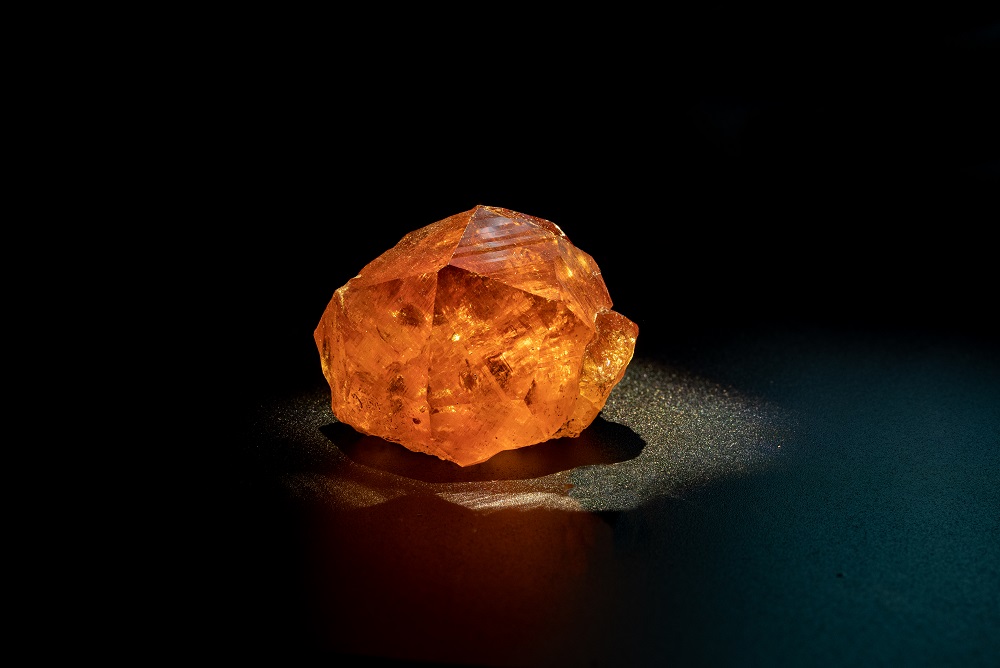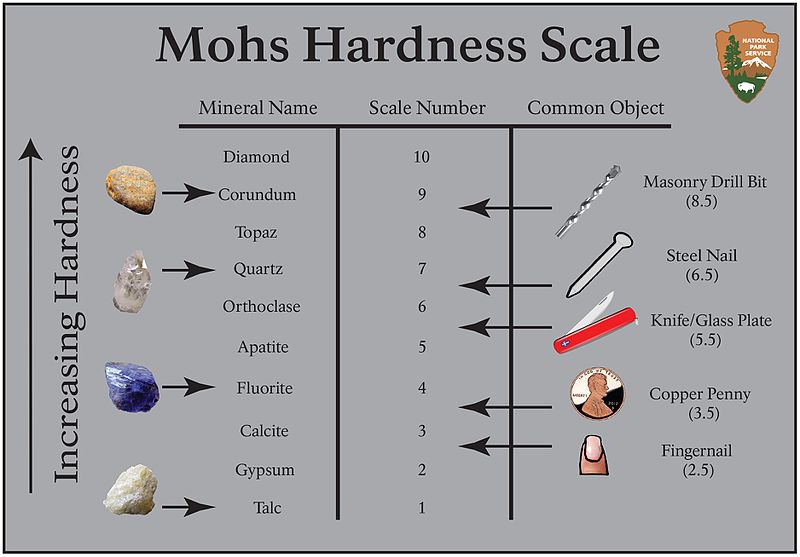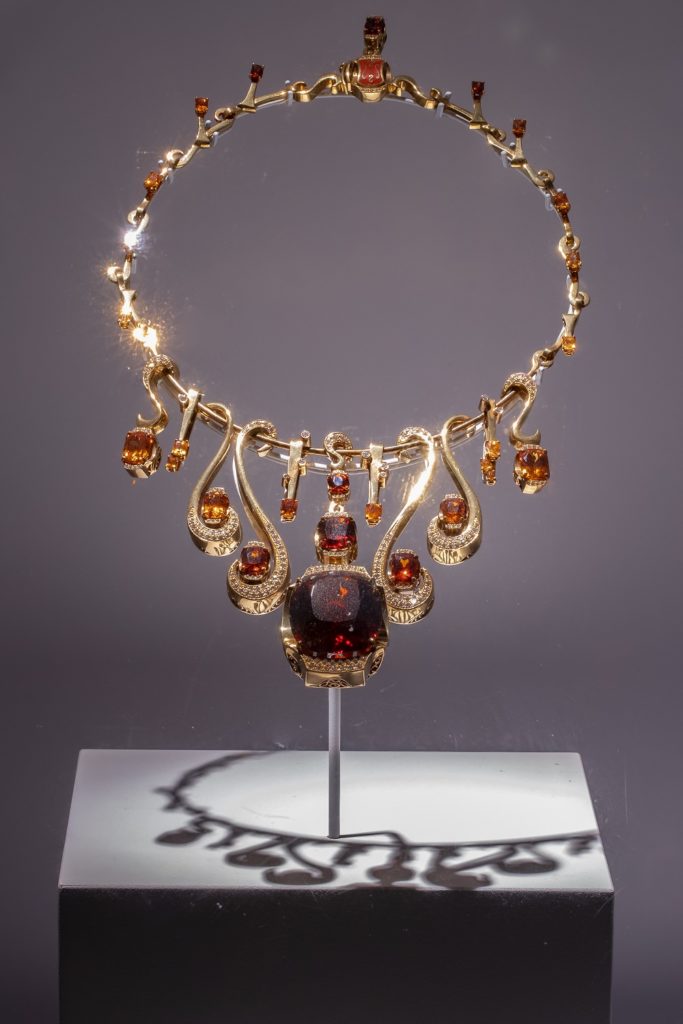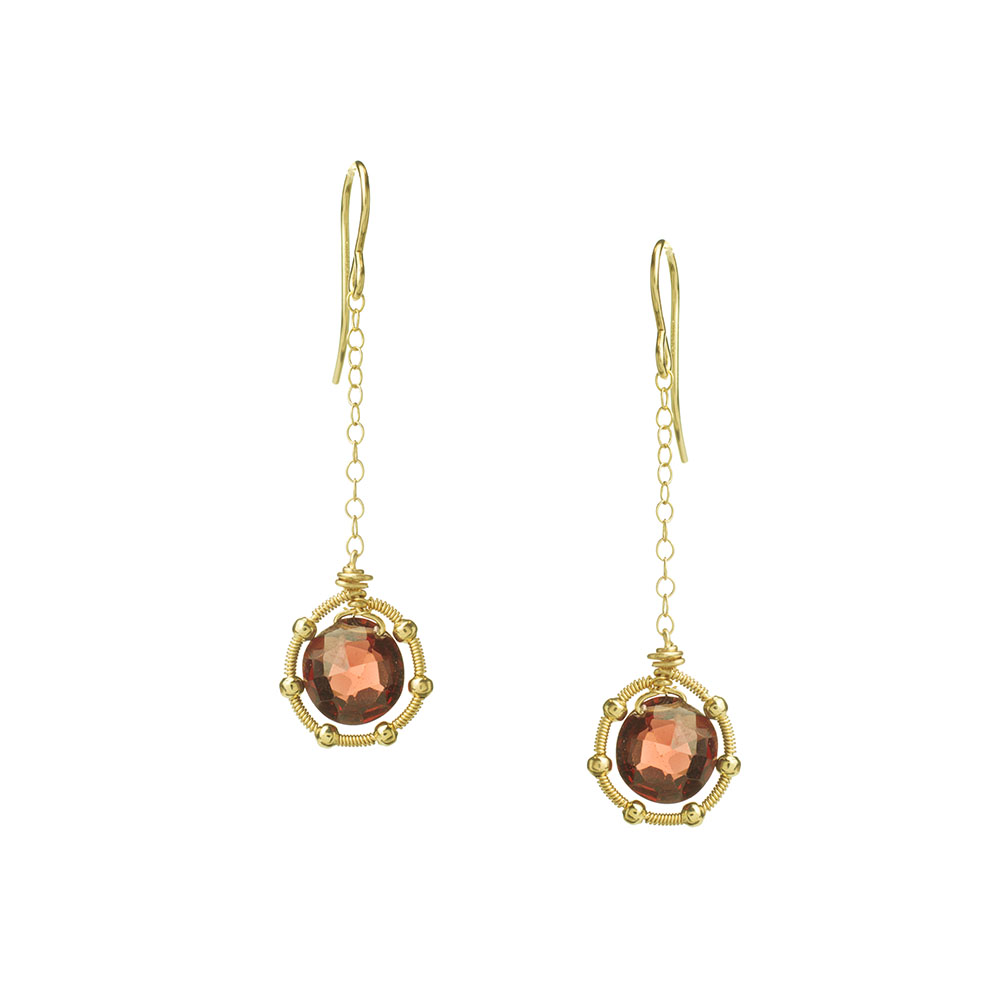Editor’s Note: Concierge Kathleen Edinburgh gives us some insight on birthstones.

The history of birthstones is ancient, varied, and, as all such things from ancient days, has changed much over the course of time. Some attribute birthstone’s origins to the 12 Tribes of Jerusalem, while others related them to the celestial bodies we associate with the Zodiac. Regardless of their ancient origin, the idea was that these particular stones held the power to turn away whatever evil was present at the birth of the child. When we look at other cultures, like ancient Egypt, they too attributed certain precious stones to possessing different powers or mystical properties. Whether or not you ascribe to these beliefs, these gems are a unique way to connect us to the beauty and wonder of the natural world.
What is a gem exactly? Different minerals are valued for their different physical or chemical properties. In the case of gems, what we look for is color, clarity and hardness. Color is pretty self-explanatory, but clarity means that we can see through it clearly; it is not milky or full of unwanted inclusions. However, hardness may be the most important factor in the functionality of your gem.

If you are unfamiliar with Mohs’ hardness scale let me take you back to middle school science class. A score of 1 is the softest (talc as in Talcum powder), with 10 being the hardest (diamonds). The softer a mineral is the easier it is going to scratch or chip. To put this into perspective, glass is about a 7, the same hardness as quartz. Something like calcite has incredible brilliance once cut, much like a diamond, but is only a 3 on Mohs’ scale and will scuff very quickly if worn in jewelry. So as a general rule gems have a hardness of 7 or greater so they stand up to everyday wear and tear. Hardness however does not factor into a gems visual appeal.
We start our year-long series about birthstones with the designated stone of January — garnet. The word “garnet” comes from the Latin word “Garanatus,” meaning seed-like, which closely correlates to the pomegranate fruit. There are actually many types of garnet gems.
Like many minerals, garnet comes in different varieties due to slight chemical differences that result in a wide range of colors. Garnet is simply the umbrella under which other specific gems reside, such as almandine, pyrope, spessartine, grossular, andradite, mozambique and uvarovite.

The most common and sought after is the deep red Almandine. If for some reason you are not in love with red, check out the rare green Uvarovite variety, or even Pyrope-spessartine, the ‘color change’ garnet that appear to be different colors in different light sources. Our Cullen Hall of Gems and Minerals features a case with a number of these variants side by side. There you will notice its natural crystal shape, Hexoctahedral, reminiscent of a soccer ball or a 20-sided die. Garnet is formed through volcanic processes deep within the Earth and is regularly found in metamorphic rocks like gneiss.
Aside from its color the hardness of garnet makes it valuable as well. At a 6.5-7.5 on the Mohs hardness scale, garnet makes a great abrasive and has many industrial applications. It is commonly used to cut steel, as a medium in water filtration and as ‘garnet paper,’ like sand paper, in carpentry. All Garnets are silicate-based, composed primarily of Silicon (Si) and Oxygen (O), two of the most abundant elements on Earth; it is the additional elemental inclusions that create the variance in color. For example that famous red color is caused by a combination of Iron (Fe) and Aluminum (Al), while green is caused by Chromium and Calcium Ca3Cr2(SiO4)3.

Stay tuned for more science and stories about the remaining birthstones and where to find them in our Halls!

